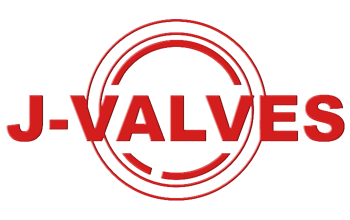
Special Application Requirements for Ball Valves in The Chemical Industry

Understanding Ball Valves in the Chemical Industry
Structure and Function
Ball valves consist of a spherical ball that rotates within a valve body to control the flow of fluid. The ball is supported by a stem and can move slightly within the valve body, allowing it to seal tightly against the seat. This design provides excellent sealing capabilities and is suitable for a wide range of applications.
Design Considerations
When selecting ball valves for chemical processing, several factors must be considered to ensure they meet the specific demands of the industry:
• Material Selection: The material must withstand the operating pressures, temperatures, and corrosive nature of the fluid.
• Mechanical Strength: The valve body must be robust enough to handle mechanical stresses, including potential impacts.
• Corrosion Resistance: The material should resist corrosion to ensure long-term reliability and minimal maintenance.
• Flow Dynamics: The design should minimize pressure drop and ensure efficient fluid flow.
Special Application Requirements
1. Corrosion Resistance
Chemical processing often involves corrosive fluids, making corrosion resistance a critical requirement for ball valves.
• Material Choices: Stainless steel (e.g., 316L), duplex stainless steel (e.g., S31803), and super duplex stainless steel (e.g., S32760) are commonly used due to their excellent corrosion resistance.
• Coatings and Linings: Additional coatings or linings, such as PTFE or epoxy, can enhance corrosion resistance in highly corrosive environments.
2. High Pressure and Temperature Ratings
Chemical processes often require valves to operate under high pressures and temperatures.
• Pressure Ratings: Ball valves must be rated for the specific operating pressures of the system, often up to 10,000 psi.
• Temperature Ratings: Valves must withstand a wide range of temperatures, from cryogenic to high-temperature applications.
3. Sealing Performance
Reliable sealing is essential to prevent leaks and ensure process safety.
• Soft Seals: Soft seals made from materials like PTFE or EPDM provide excellent sealing capabilities, especially in applications involving corrosive fluids.
• Metal Seals: Metal seals are used in high-temperature and high-pressure applications where soft seals may not be suitable.
4. Safety Features
Safety is a paramount concern in the chemical industry, making certain features essential for ball valves.
• Fire Safety: Fire-safe designs ensure that the valve can withstand fire conditions without significant leakage.
• Low Emission: Low-emission designs reduce the risk of fugitive emissions, ensuring environmental compliance.
5. Control and Automation
Precise control and automation are crucial for efficient operation in chemical processing.
• Actuation: Electric or pneumatic actuators provide precise control over valve operation, allowing for remote and automated control.
• Position Feedback: Position feedback systems provide real-time information on the valve's position, ensuring accurate control and monitoring.













